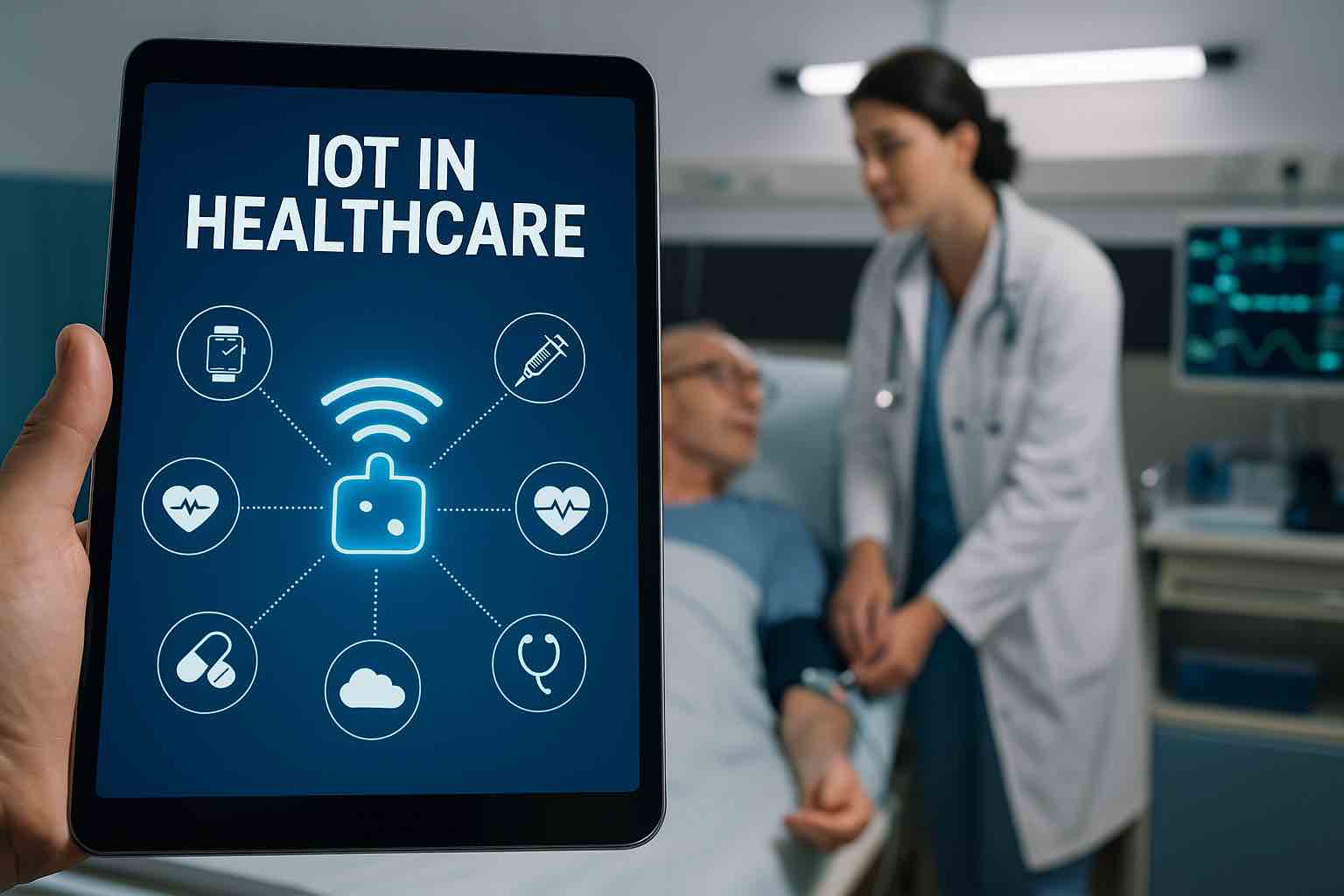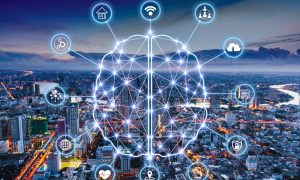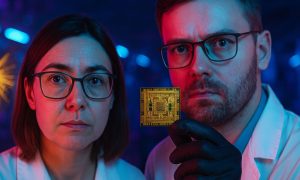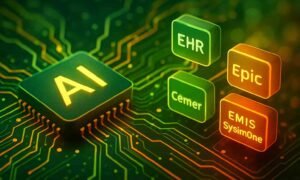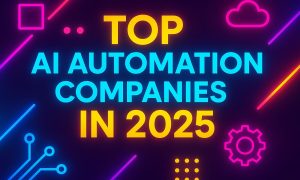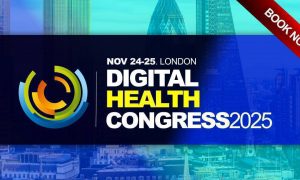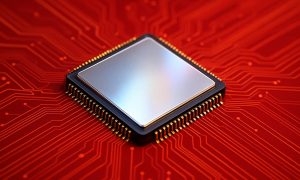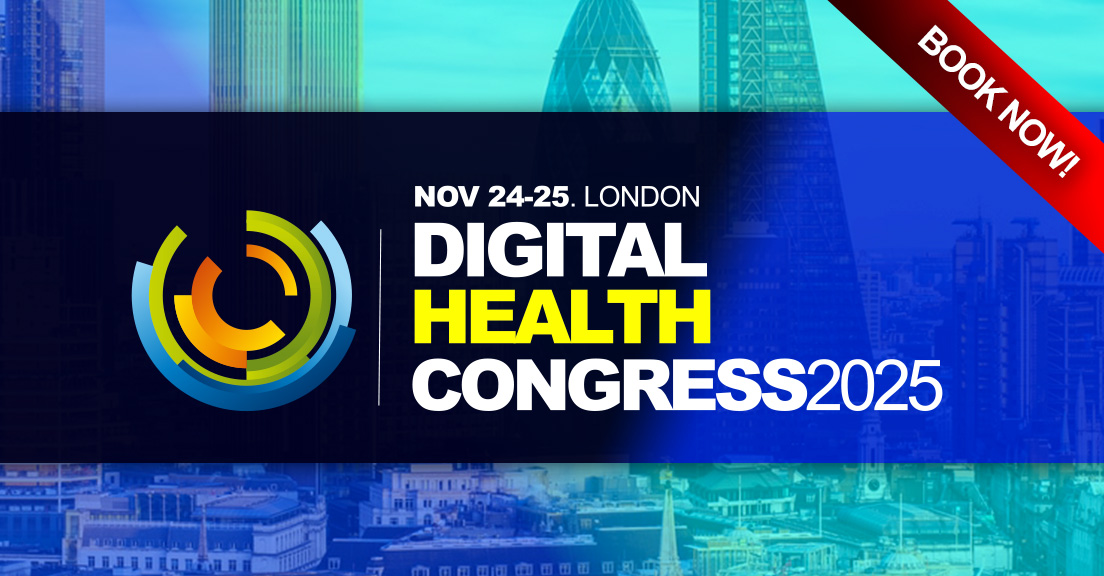

Introduction: Quantum Chips and Their Impact on Healthcare IoT
The integration of quantum chips into healthcare Internet of Things (IoT in Healthcare) ecosystems is accelerating transformative innovation worldwide. Quantum chips offer exponentially higher processing power compared to traditional silicon-based processors, enabling faster real-time diagnostics, improved remote patient monitoring, and more secure data exchanges (MIT Technology Review, 2024). These advancements enhance the role of IoT in Healthcare by unlocking the potential of precision medical interventions and global-scale patient data analytics.
From early disease detection to personalized treatment plans, the convergence of IoT, health sensors, and quantum computing demonstrates the urgency for policymakers and industry leaders to align investments with future-ready digital infrastructures (Nature, 2024).
Benefits of IoT in Healthcare
1. Real-Time Patient Monitoring
IoT-enabled wearable devices allow continuous tracking of patient vitals such as heart rate, glucose levels, and oxygen saturation. These innovations reduce hospital readmissions and support preventive healthcare strategies (WHO Report, 2023).
- Remote monitoring decreases ER visits by up to 25% in pilot programs (McKinsey, 2024).
- Data-driven alerts assist in faster emergency interventions.
2. Enhanced Operational Efficiency
Hospitals leveraging IoT systems for equipment tracking and predictive maintenance cut operational costs by 15–20% (Deloitte, 2023). This strengthens sustainability goals while optimizing patient care delivery.
3. AI-Powered Analytics
When combined with Artificial Intelligence, IoT generates actionable insights for population health management. Predictive models powered by IoT data allow clinicians to design tailored care pathways (PwC, 2023).
Industry-Wise Adoption of IoT in Healthcare
Hospitals and Clinics
Hospitals are deploying IoT systems for asset tracking, staff management, and digital twins for surgical planning. The Mayo Clinic’s digital twin initiative uses IoT-integrated sensors to simulate patient-specific surgery outcomes (Harvard Business Review, 2023).
Pharmaceutical Sector
IoT in pharmaceuticals ensures supply chain integrity through smart packaging, blockchain integration, and cold-chain monitoring, reducing counterfeit risks (FDA Report, 2024).
Telemedicine and Remote Care
The surge of telemedicine during COVID-19 continues with IoT-based platforms enabling home diagnostics, such as connected ECG monitors, which reduce dependency on physical visits (Lancet Digital Health, 2024).
Elderly and Chronic Care
IoT adoption in elderly care—via fall detection devices and smart home integrations—reduces caregiver burden and enhances independent living outcomes (OECD, 2023).
Global Landscape: Government and Private Sector Initiatives
North America
- The U.S. FDA’s Digital Health Innovation Action Plan fosters IoT in medical devices (FDA, 2024).
- Canada invests in AI-driven IoT systems for remote care in rural communities (Government of Canada, 2024).
Europe
- The EU’s Horizon Europe Program funds IoT in Healthcare pilots, focusing on cross-border interoperability (European Commission, 2024).
- Germany’s national e-health act mandates integration of IoT wearables into patient health records.
Asia-Pacific
- China invests heavily in quantum-enabled IoT for hospital networks (China Daily, 2024).
- India’s National Digital Health Mission prioritizes IoT solutions for rural clinics (NITI Aayog, 2024).
Middle East & Africa
- UAE launches Dubai Health Strategy 2030, emphasizing IoT and AI-enabled predictive analytics (Gulf News, 2024).
- South Africa explores IoT-enabled mobile clinics to combat rural healthcare disparities (WHO Africa, 2024).
Challenges Facing IoT in Healthcare
Data Security and Privacy
With IoT devices transmitting sensitive health data, cybersecurity risks remain the most significant barrier (Kaspersky Report, 2024). Quantum encryption may become a solution by 2026.
Interoperability Issues
Fragmented standards hinder seamless device integration. Lack of global frameworks results in limited data portability across systems (IEEE IoT Journal, 2023).
Regulatory Barriers
Diverse national regulations complicate global IoT adoption, delaying cross-border telemedicine and digital health trials (OECD Policy Brief, 2023).
Ethical Concerns
AI-driven IoT in healthcare faces ethical challenges related to algorithmic bias, requiring stricter governance frameworks (Nature Digital Medicine, 2024).
Future Outlook: 2025–2026 and Beyond
Emerging Players
- Startups like Current Health (UK) and Biofourmis (US) are pioneering real-time IoT remote monitoring.
- Tech giants like Google Health and Microsoft Cloud for Healthcare continue to expand investments (Forbes, 2024).
Market Growth Projections
- Global IoT in Healthcare market expected to surpass $530 billion by 2026, growing at a CAGR of 25% (MarketsandMarkets, 2024).
- Asia-Pacific expected to outpace North America by 2026 in IoT adoption.
Trends to Watch
- Integration of quantum computing for secure IoT platforms.
- Rise of decentralized data storage and blockchain for medical IoT.
- Increasing public-private collaborations to accelerate IoT infrastructure deployment.
Conclusion: Global Outlook
The future of IoT in Healthcare hinges on balancing innovation with trust, regulatory harmonization, and equitable access. Quantum computing, coupled with AI, will redefine the global health landscape by 2026. Governments, research institutions, and private industry must collaborate to foster resilient, secure, and patient-centric ecosystems that maximize benefits while addressing systemic challenges.
References
- MIT Technology Review, 2024
- Nature, 2024
- WHO Report, 2023
- McKinsey, 2024
- Deloitte, 2023
- PwC, 2023
- Harvard Business Review, 2023
- FDA Report, 2024
- Lancet Digital Health, 2024
- OECD, 2023
- Government of Canada, 2024
- European Commission, 2024
- China Daily, 2024
- NITI Aayog, 2024
- Gulf News, 2024
- WHO Africa, 2024
- Kaspersky Report, 2024
- IEEE IoT Journal, 2023
- OECD Policy Brief, 2023
- Nature Digital Medicine, 2024
- Forbes, 2024
- MarketsandMarkets, 2024


